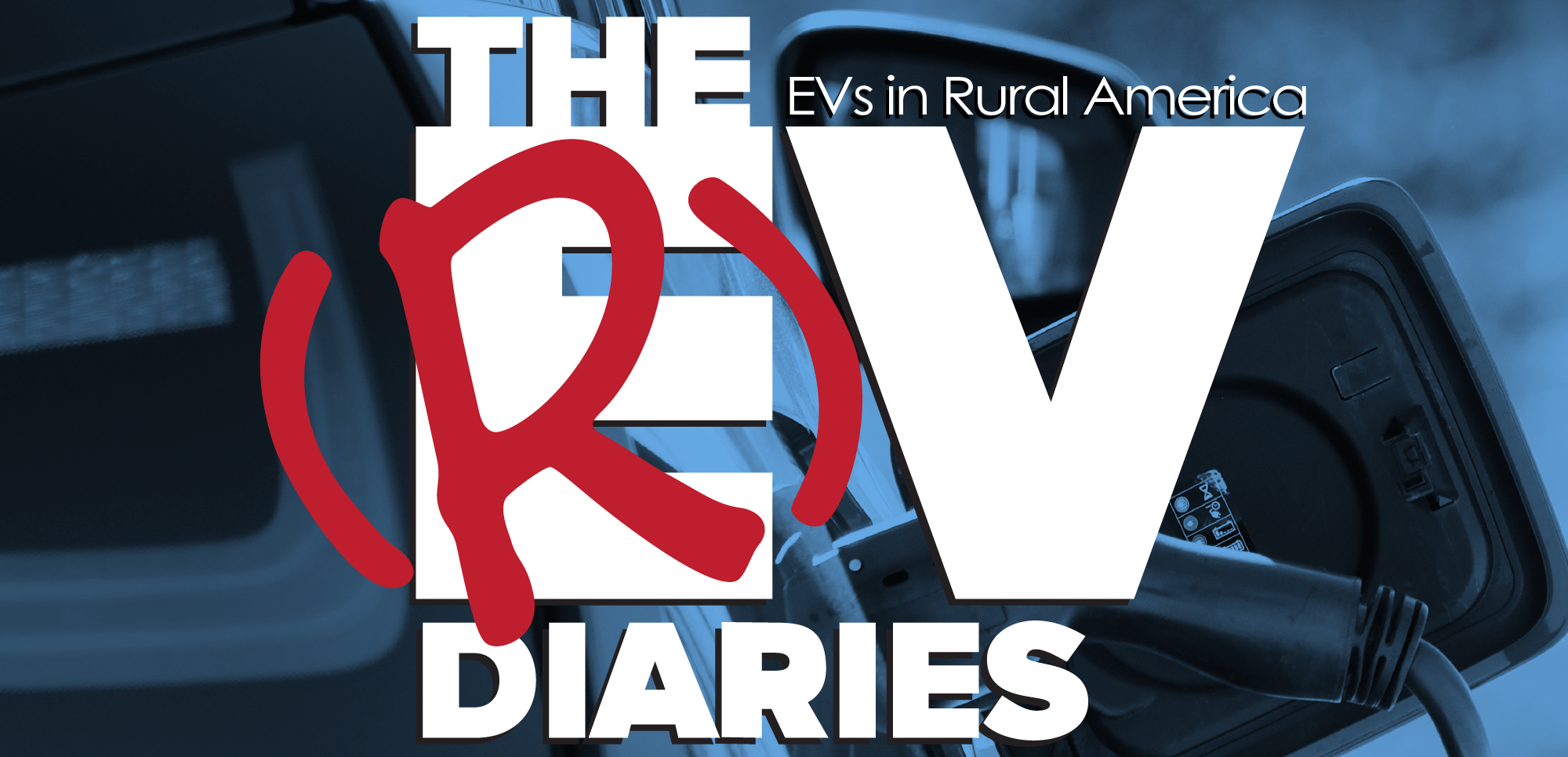This episode is based on a Canadian F-150 Lightning owner and his bad experience on a recent road trip. More accurately, it is a discussion of a “hit piece” put out by Fox Business trying to tarnish electric vehicles’ worthiness in the marketplace and dissuade readers from purchasing EVs. It’s not the first time Fox has put out such content.
So the basics of the story are as follows: a gentleman in Canada purchased an F-150 Lightning because he wanted to be a “responsible citizen” but was met with unexpected costs upgrading his home’s electrical system and installing two chargers, one at home and one at his workplace. When he took his truck from Winnipeg to Chicago, he experienced several delays, including two charging installations that were inoperable. He was “helpless” to the point he felt like he needed to abandon his truck and rent a vehicle to complete his journey. Those are the facts. We report. You decide.
The color commentary added to the article paints a very different picture. First, the original article failed to point out the dollar amounts were Canadian dollars, but that has since been corrected. At the time of this writing, $1 CDN is roughly $0.75 US. The currency denominations, in our opinion, were intentionally hidden to make the cost look inflated. The gentleman spent $115,000 CDN for a standard range F-150. That is a lot different than saying $85,000 US. (We agree it’s still a lot for a truck, but come on, we see what you did.)
The article also states that the vehicle “compelled” him to install two chargers at a cost of $10,000 CDN and he had to spend another $6,000 CDN to upgrade his home’s wiring. The article then continues to tell the story of his trip. In one instance, the article says the gentleman spent $56 and two hours of his time to charge the vehicle from 10% to 90%. (Again, we don’t feel like this tells an accurate story and the problem lies within his charging network.) He attempted to charge at two other locations during the trip but both stations were inoperable. I could go on, but the article is full of opinions expressed as fact and inconsequential information designed to make the owner look like a victim.
Look, we were probably too hard on this poor guy and certainly didn’t adhere to the whole “judge not” way of living, but I can tell you a few things about him from this article.
- He does not subscribe to the EV Diaries. If he had, he would have checked his electrical box and expected that cost. We can’t say it enough.
- He may have went with a less expensive charger. My JuiceBox 40 was $500 on Amazon. He apparently paid almost $4,000 for two. I expect he got two 90A EVSEs from Ford, which is unnecessary for a standard range pickup.
- He didn’t understand his network. Some chargers are set up to share the available power instead of providing the rating on the signage if more than one EV is present. Also, others charge for time plugged up and not for the energy delivered.
- My biggest problem with this story is that the owner never takes responsibility for his actions. Whether the words are his, or Fox Business led him in his statements, the owner blamed the truck, Ford and the government for what he thinks was misinformation. Basically he was duped into buying the truck and it was everyone else’s fault he had such a hard time.
Honestly, I feel sorry for the guy but his experience came directly from his decisions. He didn’t do his homework. He failed to plan and as a result planned to fail. True- the fact the chargers were not operational was beyond his control, but there may have been other options. We are still early in EV adoption. There are going to be hiccups and things to learn. It’s part of it. What I don’t feel sorry about is his need to basically slander EVs and to not take ownership of his own life. That might be the first step to owning an EV.
Podcast: Play in new window | Download
Subscribe: RSS
